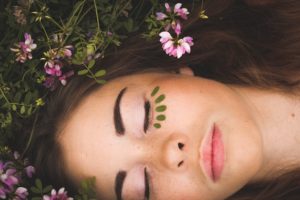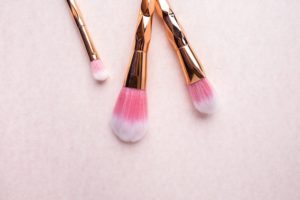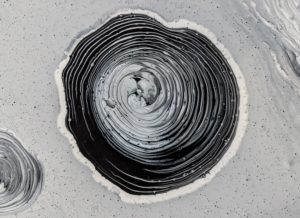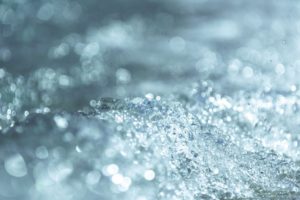My favourite products to use during cosmetic acupuncture treatments
During cosmetic acupuncture treatments, and especially while doing gua sha, it is essential to have good (actually… great) quality products. This is why I swear by Miiko Skin co. and their line of facial serums.
Not only do they have products for every skin type, Miiko is also a locally owned business that prides itself in ingredient integrity and sustainability.
Your skin is the largest organ in the human body and can ingest many of the ingredients it is exposed to.
As you have previously read, facial rejuvenation acupuncture addresses imbalances from the inside out, and making sure you are using clean products on your face is a very important part of that equation!
“How come the picture of health has only included diet and exercise when there is evidence showing the ingredients we are ingesting everyday through our skin and lungs can contribute to obesity, hormone disruption, cancer, and cardiovascular disease”.
But wait… are you worried facial oil will just make your face MORE oily??
It might seem counter intuitive to use an oil based product to treat acne and oily skin types but have you ever heard of the phrase “fighting fire with fire”?
Your skin naturally produces oil and when it is chronically stripped of its oil with harsh soaps or oil-free products, it will go into overdrive to try and balance its oil production.
You do not need to worry about feeling greasy, this product absorbs quickly and immediately makes it look and feel more hydrated.
How it all comes together
When you come in for a facial rejuvenation acupuncture session, I will apply a facial serum to prep your skin for gua sha. This helps the gua sha tool glide smoothly over the skin to increase blood flow and circulation. Then you receive facial rejuvenation acupuncture and relax with the needles in for about 20 minutes.
You leave feeling refreshed, vibrant and renewed.
To inquire about local or virtual skin consults please contact us at 1 778 400 6360 / hello@stefaniemiska.com
Read more about hormones and skin care, on a guest blog post over at Miiko Skin Co. here.







